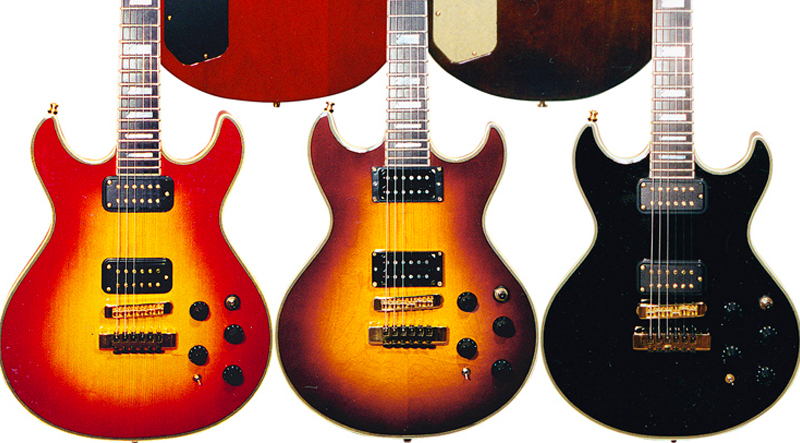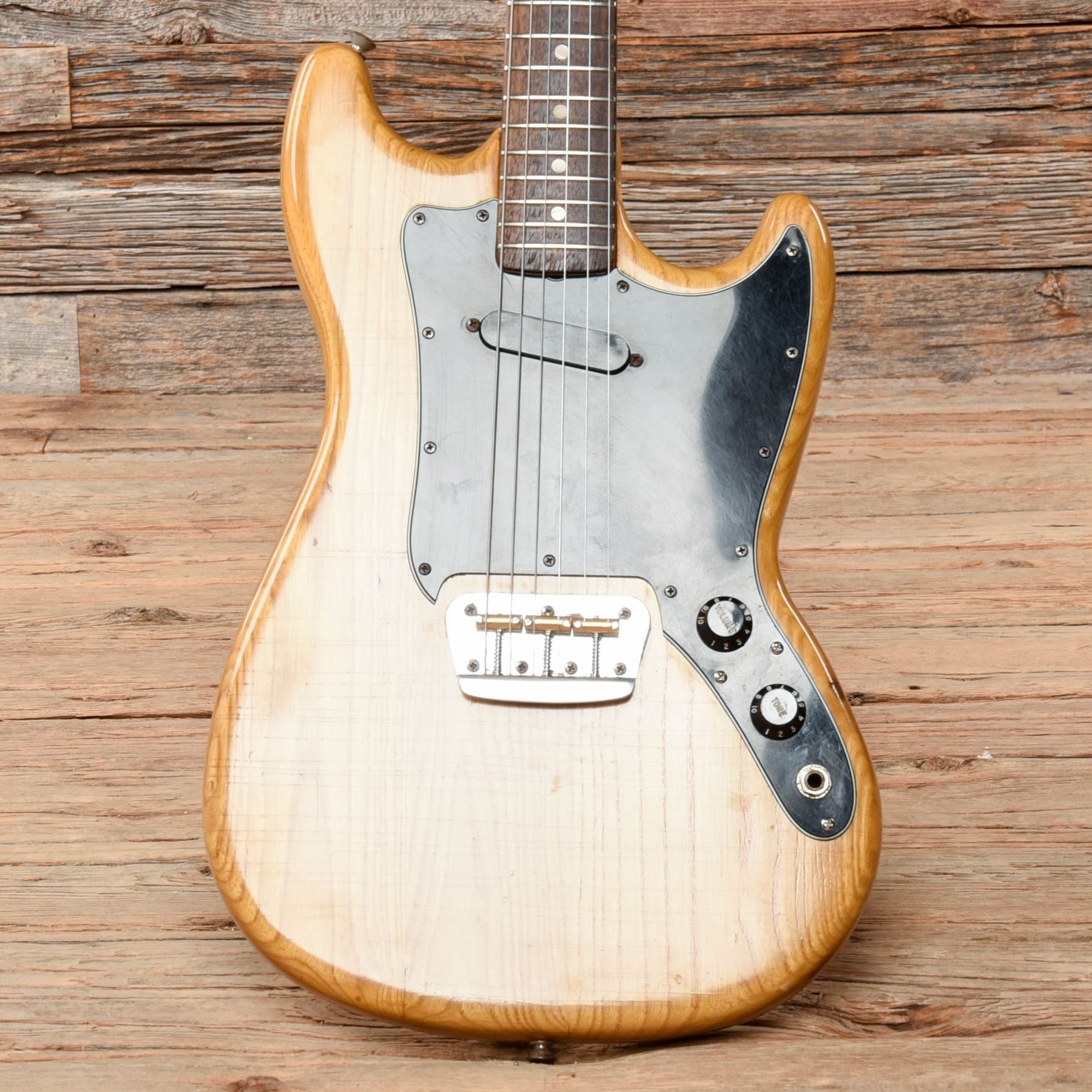
Over the course of the 70s, the Japanese output improved dramatically, and in many ways these early 70s models are a low point for the brand. These new Epiphones were based on existing Matsumoku guitars, sharing body shapes, and hardware, but the Epiphone line was somewhat upgraded, with inlaid logos and a 2x2 peghead configuration.

The Matsumoku factory had been producing guitars for export for some time, but the 1820 bass (alongside a number of guitar models and the 5120 electric acoustic bass) were the first Epiphone models to be made there.
#Fender music master ii plus#
Other electric models include: HOFNER ELECTRICS: Committee, Verithin 66, Ambassador, President, Senator, Galaxie, HOFNER BASSES: Violin bass, Verithin bass, Senator bass, Professional bass GIBSON ELECTRICS: Barney Kessel, ES-330TD, ES-335TD, ES-345TD, ES-175D, ES-125CD, SG Standard, SG Junior, SG Special GIBSON BASSES: EB-0, EB-2, EB-3 - plus a LOT of acoustics branded Gibson, Hofner, Selmer and Gianniniīy the end of the 1960s, a decision had been made to move Epiphone guitar production from the USA (at the Kalamazoo plant where Gibson guitars were made), to Matsumoto in Japan, creating a line of guitars and basses significantly less expensive than the USA-built models (actually less than half the price). This catalogue saw the (re-)introduction of the late sixties Gibson Les Paul Custom and Les Paul Standard (see page 69) and the short-lived Hofner Club 70. Selmer were the exclusive United Kingdom distributors of Hofner and Gibson at the time, and this catalogue contains a total of 18 electric guitars, 7 bass guitars, 37 acoustics, and 2 Hawaiian guitars - all produced outside the UK and imported by Selmer, with UK prices included in guineas. Scan of 1968/1969 Selmer guitar catalogue (printed July 1968), showing the entire range of electric and acoustic guitars distributed by the company: guitars by Hofner, Gibson, Selmer and Giannini.

These post-1964 guitars were designated the Fender Duo-Sonic II.ĭue to their comparatively early demise, the Fender Duo-Sonic is one of the least well-known Fender solid body guitars, but they have found favour with many musicians, especially those that appreciate the simplicity and stability of a guitar with simple controls, easy-playing action, and no tremolo. The Duo-Sonic remained in the Fender line for the next 13 years, evolving slightly as time went by most notably in 1964 at which point a longer 24" scale version became available alongside the 22 1/2" three-quarter size. But the Duo-Sonic build quality was every bit as good as the more expensive models. The guitars were smaller great for younger guitarists, and those with smaller hands. These guitars were described as 3/4 size, though the scale length was actually 22 1/2" - a little shorter than the standard 25" of most Fender guitars. Grab this one before it gets away.The updated Duo-Sonic in the 1960 Fender catalog, with sunburst finish, and white plastic scratchplate.įender launched two student guitars in 1956, the single pickup Musicmaster and a few months later, the dual pickup Duo-Sonic. These guitars certainly have a unique appeal all of their own and all guitar players should try one at least once. This guitar certainly punches above its weight. The neck feels comfortable and easy to play, the no-frills nature of the electronics yields a classy tone. The guitar comes with its correct hardshell case.Įven though this is a short scale guitar (22.5”) and aimed at students, there is no doubt that these are well made instruments. The plastics and hardware hardly show the passing of time.Īs you’d expect, the electronics are all correct, all solder joints undisturbed. The neck, fretboard and frets are in equally fantastic shape with the gloss finish of the lacquer really showcasing the maple of the neck. The Dakota red finish has the odd bump and knock but it still retains its lustrous hue. Released late April of 1956, the Musicmaster went through a few changes alongside its stable mates and found favour with players as diverse as John McLaughlin, David Byrne and Patti Smith.



 0 kommentar(er)
0 kommentar(er)
